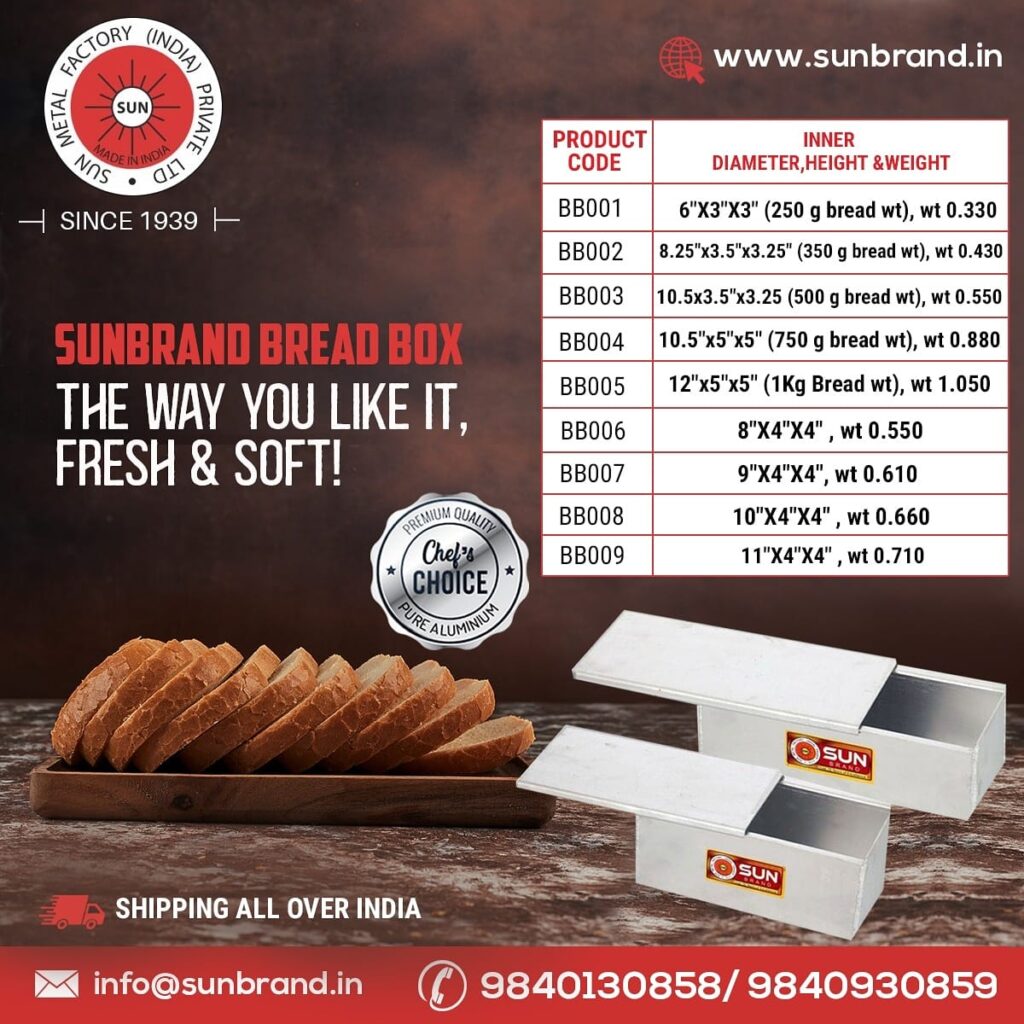Using the best Bread pan for baking bread is a basic tool in preparing wonderful loaves of bread for the whole family or friends to share, as any passionate home baker knows. Your loaf pan will determine whether you bake a perfectly baked loaf or have a half-cooked, rubbery dough. Aside from having the best loaf pan for baking bread, you can also employ baking techniques and the best kitchen gloves to help you achieve the perfect bake. Here are some bread baking ideas to help you get the most out of your bread pan.
How to Use Baking Spray in a Bread Pan
Using the best bread pan for baking bread will ensure that your bread bakes evenly and without sticking, and coating the entire interior of the bread pan with baking spray will add to that assurance.
How to Make a Loaf using Parchment Paper in a Bread Pan
Aside from purchasing the best bread pan for baking bread, another baking tip to remember is to use parchment paper. Using parchment paper to line the pan will keep the bread from becoming sticky and dirty (even those non-stick loaf pans can get a bit messy at times). It will also be easier to remove the bread from the pan if you use parchment paper.
Dark-colored Bread pans should be used.
Choose a dark-colored loaf pan if you want to invest in the best loaf pan for baking bread. Because dark colors absorb heat faster and light hues reflect it, dark-colored pans can bake faster than light-colored or silver pans. Keep a close watch on your loaves or use a timer to keep track of how long they’ve been baking.
How to Make a Cornmeal Loaf in a Bread Pan with Grease
While using the best bread pan for baking bread might help you obtain flawlessly cooked bread, greased loaf pans will keep your bread from disintegrating. The bread will not adhere to your pan if you use butter and cornmeal. This hack is really effective.
- Spread a thin coating of vegetable oil, shortening, or butter inside the loaf pan with a clean paper towel or pastry brush.
- Using cornmeal, coat the bottom and sides of the pan. Flip the pan and tap out any excess cornmeal when they’re fully coated.
- To keep white or whole wheat bread from sticking, use coarse cornmeal. Place a handful of cornmeal in the Bread pan and turn it over to cover the bottom and edges.
- Turning the pan over once the bread has baked is all it takes to get it out. The bread will simply fall out.
Bread pan size and shapes:
Bread pans are available in a variety of sizes and shapes. One has straight-edged loaf pans, while the others have a little more width at the top. Simple plain bread is usually baked with straight edged ones. Cake loaves, banana bread, meat loaf, and other baked goods are made with the other. Another type is one that has a lid on top. SunBrand bread pans come with lid/ shutter on the top with 2-4 compartments. These are ideal for bread baking once again. These loaf pans also make great photography props, such as the one shown here. Pans made of metal/aluminum have the most consistent sizes.
So, in the end, I would only advise you to use a standardized sized pan for your bakes, as most recipes are planned and produced with these standard sizes in mind. As a result, you’ll always have flawless baked goods.
Select Normal Depth.
When it comes to baking bread, depth is more important than surface area. Each additional inch of pan height adds four minutes to the baking time. Every inch removed from its height, on the other hand, subtracts the same amount of time.
Extra tips:
- Follow the recipe exactly, using the pan size specified or a comparable alternative.
- Always use metal and aluminium pans. Metal pans with a lighter color are ideal for baking. This remains true even with loaf pans.
- Line the pans with parchment paper, butter or spray them, and make sure they’re ready to go.
- In a loaf pan, use the correct kind of batter.
- Because loaf pans take longer to bake, always bake slowly and thoroughly.
- Halfway through baking, cover the top of the cake with aluminium foil to prevent it from browning. In this manner, the top of the cake will not be over-baked.
- Always bake in the middle of the oven, with both the rods and the fan turned on.
- To get an accurate temperature, use an oven thermometer. Do not base your choice on the temperature of the oven.

